
Five Key Things I Wish I Knew When I Started Blogging
Beginning bloggers face a steep learning curve that can seem overwhelming. Because there’s so much to learn, it’s easy…
April 25, 2016
Beginning bloggers face a steep learning curve that can seem overwhelming. Because there’s so much to learn, it’s easy…
April 25, 2016
One word can make all the difference between funny or ho-hum. For instance, let me introduce you to four…
April 24, 2016
Lots of time we hear verbal patterns that may be acceptable (to some people) in speech, but they are…
April 17, 2016
What do children’s publishers want? That is the question that all children’s writers long to have answered. What is…
April 11, 2016
Students of English learn quickly that to every rule, there is an exception; sometimes the exception is the rule.…
March 18, 2016
We’re continuing to examine words that are used incorrectly. Enthused/Enthusiastic—Although enthused has become acceptable in standard usage, old school…
March 12, 2016
For most writers, our passion to write was birthed from a passion to read. We grew up immersed in…
March 10, 2016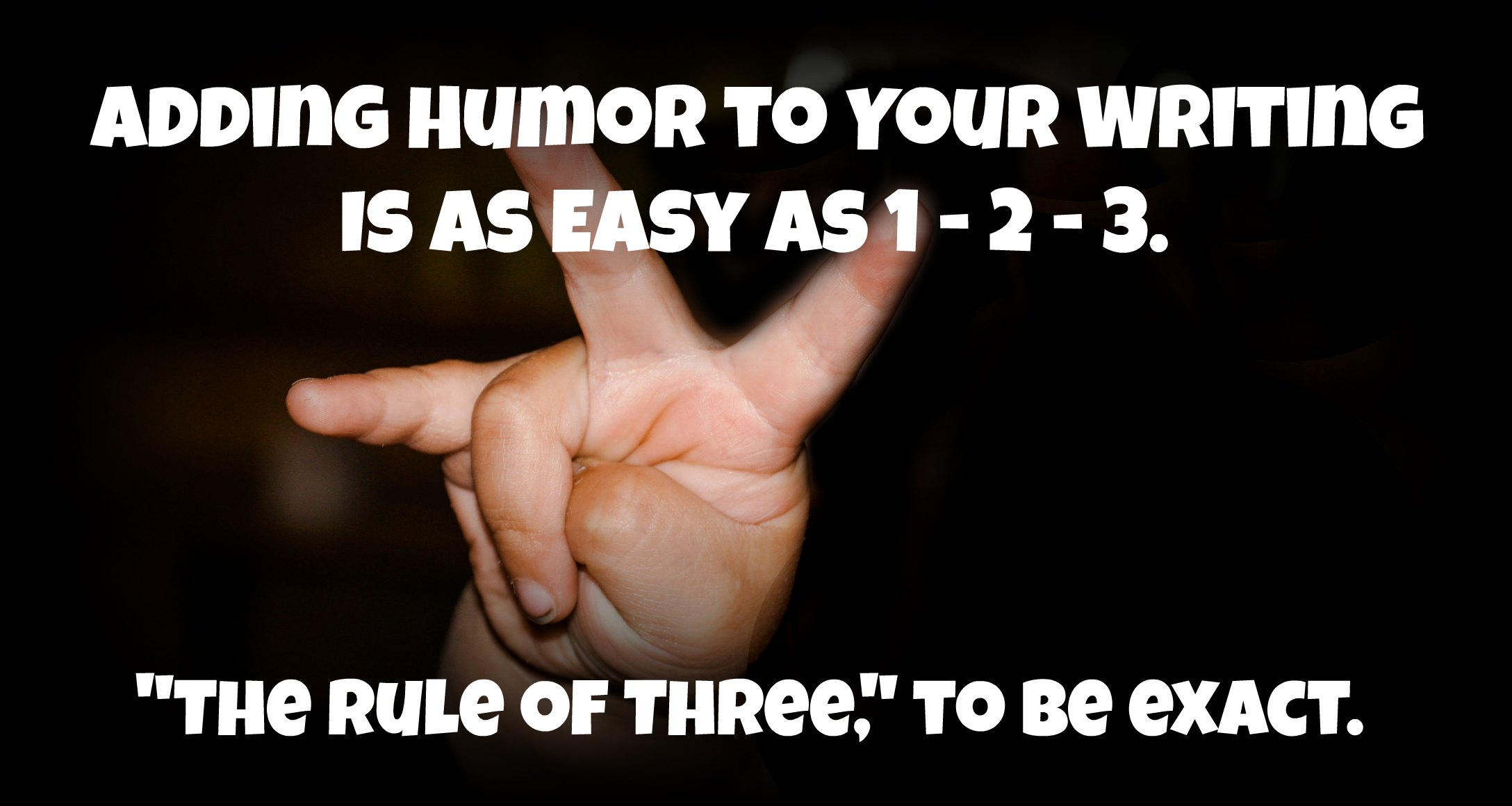
Adding humor to any type of writing is as easy as 1 – 2 – 3. Not 1 –…
March 8, 2016
I work like a mad scientist. When I am working on a writing project I am all in —…
February 8, 2016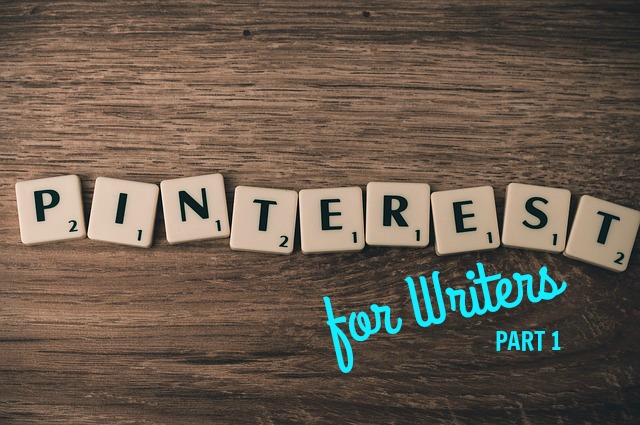
Pinterest for Writers – Part 1 If you’ve heard about Pinterest and think it’s only for women or crafters,…
February 6, 2016
One of these things is not like the other. One of these things just doesn’t belong . . .…
February 2, 2016
[bctt tweet=”5 Reasons Teens SHOULDN’T Pursue a Writing Career #teenwriters #writingtips”] When I was 14, I emailed a best-selling…
January 14, 2016
Welcome to 2016! I hope you’ve already begun your writing journey by creating a scene, outlining the bones of…
January 10, 2016
The English language has many confusing words because of all of those homonyms and synonyms (don’t even get me…
January 9, 2016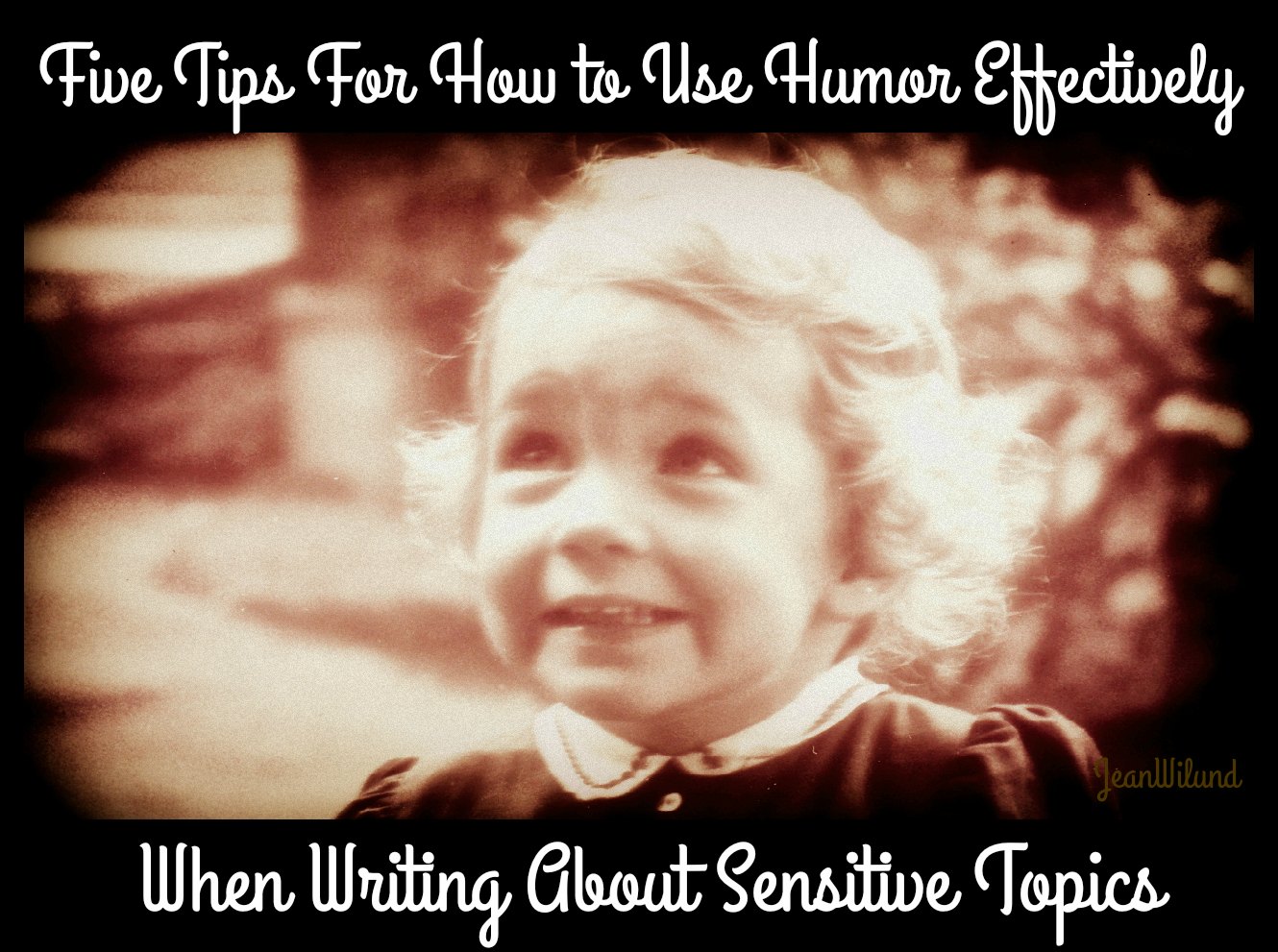
In my last post, How Humor Helps When Writing About Sensitive Topics, I explained how working humor into the…
December 19, 2015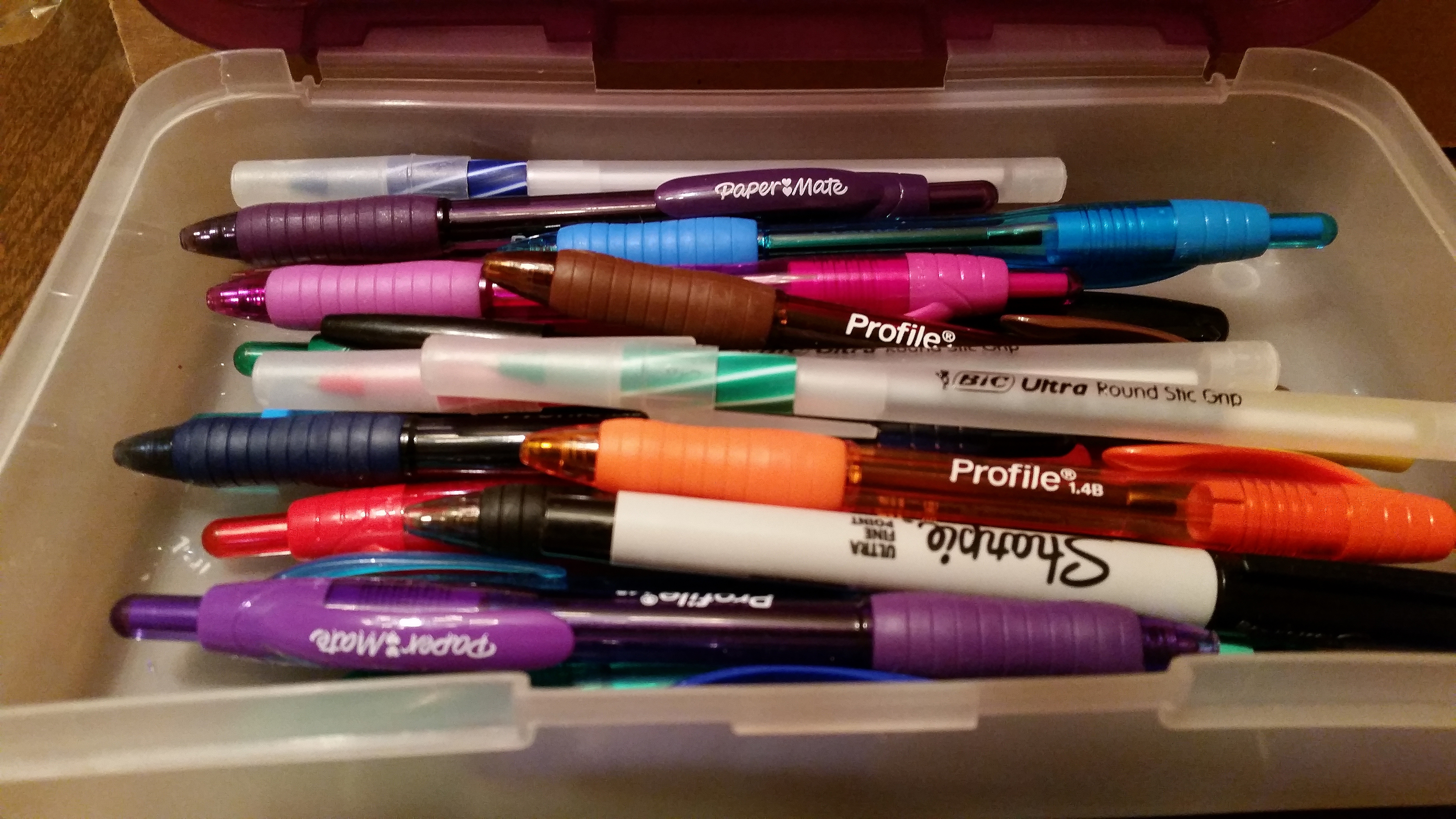
This time, we’ll look at Character Struggles, and how they help make unforgettable fiction. Here’s a great way to…
December 15, 2015
I’m a firm believer in being efficient. Why waste time when a little planning can make such a positive…
December 10, 2015
I love Christmas. I especially love sending and receiving Christmas cards. We send out a lot from our house,…
November 24, 2015
A fellow wordsmith recently shared his method for writing a novel. I was so intrigued by his straightforward process,…
November 23, 2015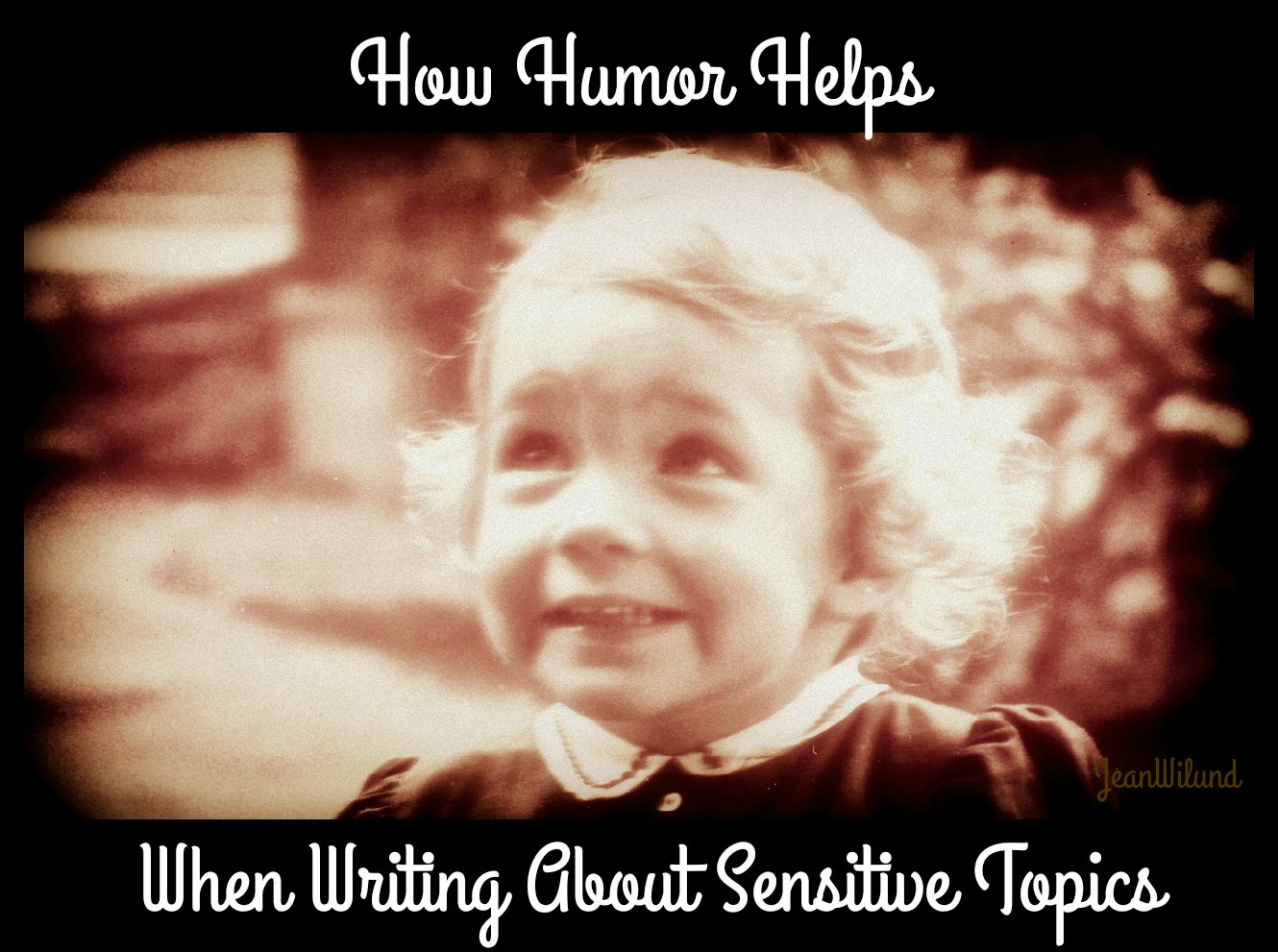
At first glance, making people laugh when addressing a sensitive topic seems absurd, maybe even callous. But then again, a little…
November 18, 2015
Picture Book Submissions – The Mighty Manuscript The third item to include in your full proposal submission for a…
November 17, 2015
We’re looking at Donald Maass’ The Fire in Fiction. @DonaldMaass #FireinFiction I’m on a quest to learn more about…
November 10, 2015
[bctt tweet=”#TeenWriters: To avoid weak writing, check your book for these common mistakes #writingtips@tessaemilyhall “] Teen writers: You’re entering an…
October 9, 2015
You sit down at your computer to write a new blog post. A blank screen is all you…
October 6, 2015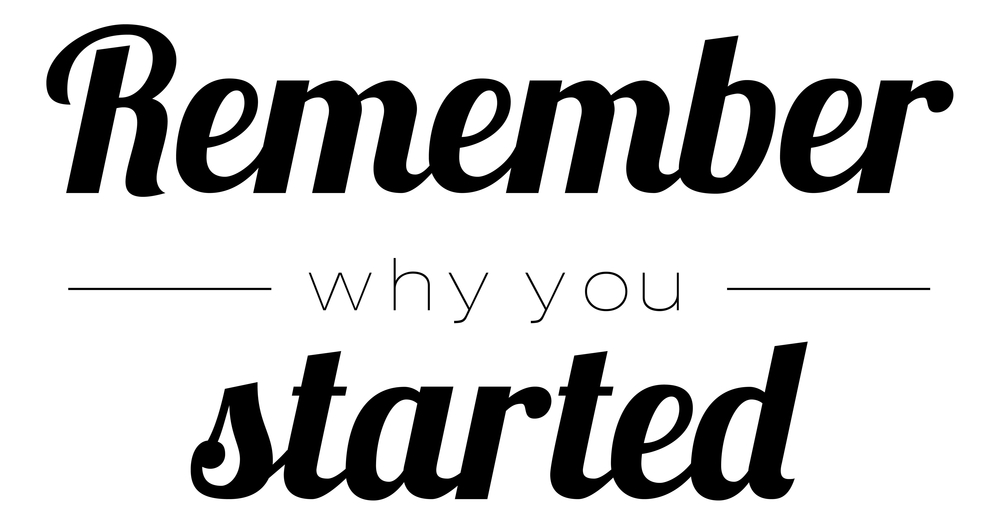
Can’t you give me brains?” asked the Scarecrow. “You don’t need them. You are learning something every day. A…
September 26, 2015